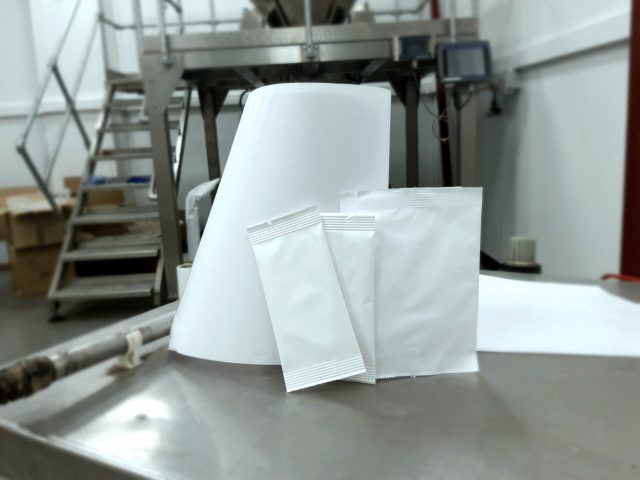
Toppan has developed an eco-friendly near-field communication (NFC) tag label that uses paper material as the substrate for the antenna instead of conventional polyethylene terephthalate (PET) film.
In addition to reducing plastic consumption to zero by switching to paper, a new circuit fabrication technology ensures sufficient communication performance as an NFC device.
Taking advantage of the properties of paper as a substrate, the NFC tag label is designed to break when it is removed, making communication impossible and thereby preventing fraudulent use due to reattachment of labels.
NFC tag labels are currently predominantly produced by using metal foil to form an antenna on a plastic substrate, such as PET film. As governments and businesses advance activities to move away from the use of plastic, the market for NFC tags is seeing growing demand for replacing plastic with paper materials that have lower environmental impact.
However, achieving sufficient communication performance has been challenging because the electrical resistance of circuits increases when printing methods employing conductive inks, such as widely-used silver nanoparticles, are used to form antennas on paper.
“Toppan’s new NFC tag label meets growing demand for more eco-friendly solutions as the NFC market expands globally,” Takamitsu Nakabayashi, general manager of RFID/IoT and security development in Toppan’s DX design division said.
“We will expand sales globally, focusing particularly on the European market, where measures focused on reducing environmental impact are gathering pace.”
Aluminium foil with low electrical resistance is used to form an antenna on a paper substrate via a new circuit fabrication technology combining laser edge technology with a roll-to-roll web handling process.
This eliminates plastic from the NFC tag while maintaining the required communication performance. If a paper substrate is used instead of a PET film substrate for a million standard size NFC tag labels (80 mm x 45 mm), consumption of plastic resin can be reduced by approximately 110 kilograms.
Due to a layer structure in which the paper substrate doubles as the surface layer material, the new NFC tag label is 30 per cent thinner than existing products with PET film substrates in Toppan portfolio.


